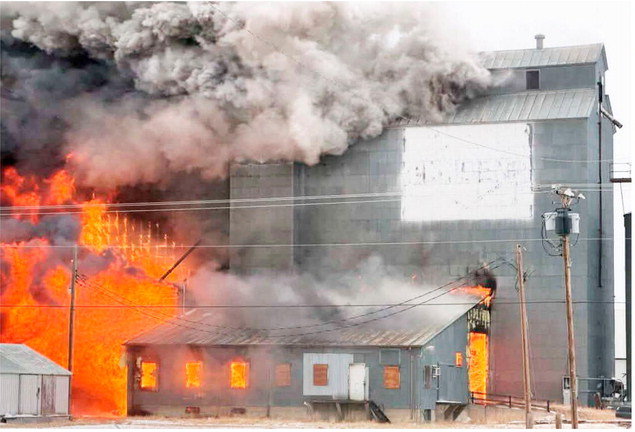Fort Peck Reservoir ‘Walleye Spawn’ Is Exciting Yearly Tradition
Fort Peck Reservoir is well known for its walleye fishing, but what are the secrets behind the continuation of this world-class fishery? Besides an awesome forage base of cisco walleye, which are an introduced species, get a boost in their numbers by artificial reproduction.
Since the amount of spawning habitat within Fort Peck Reservoir and its feeder rivers and streams varies depending upon reservoir elevation and how “good” the water year is, natural recruitment of walleye may be highly variable.
Therefore, stocking walleye on an annual basis provides more consistent recruitment to meet the desires of anglers.
The spawn and egg collection process ramped up with the building of the Fort Peck Fish Hatchery and its first production season in 2006. Many of the collected eggs are reared on site, while others are taken to the Miles City Fish Hatchery.
One of the most unique aspects about the walleye spawn is the opportunity for public volunteers to work together with FWP staff throughout the spawning effort to make the whole operation run smoothly.
In most years, FWP and volunteer crews start setting trap nets in early April in the Big Dry Arm of the reservoir, where many walleye tend to congregate. Traps nets are set to collect walleye that are beginning the spawning process. While photoperiod (day length) plays a role in walleye- spawning activity, water temperature is the most important influencer in triggering the spawning process, with the ideal water temperatures of around 50 degrees.
Once the trap nets are set and sit overnight, the first part of the process is collecting the nets and sorting the fish. All fish species are sorted and recorded, and walleye are collected.
Collected walleye are transported back to a working barge where “ripe” females (ready to release eggs) and “green” females (not ready) are sorted.
Ripe females are then “stripped” to extract eggs. The eggs are mixed with milt from male walleye to fertilize the eggs, using turkey feathers (soft but sturdy) and diatomaceous earth (to prevent clumping) in the mixing process. Fertilized eggs are set in a water bath and “hardened” before transport back to the Fort Peck Fish Hatchery.
Once at the hatchery, eggs are disinfected and incubated in jars and sorted as they “eye up” from ones that do not survive. Once the walleye hatch after about two weeks, the fry are moved to rearing tanks in the hatchery.
Approximately 62 million eggs were collected in 2025. This will provide enough eggs to meet fry and fingerling stocking goals.

